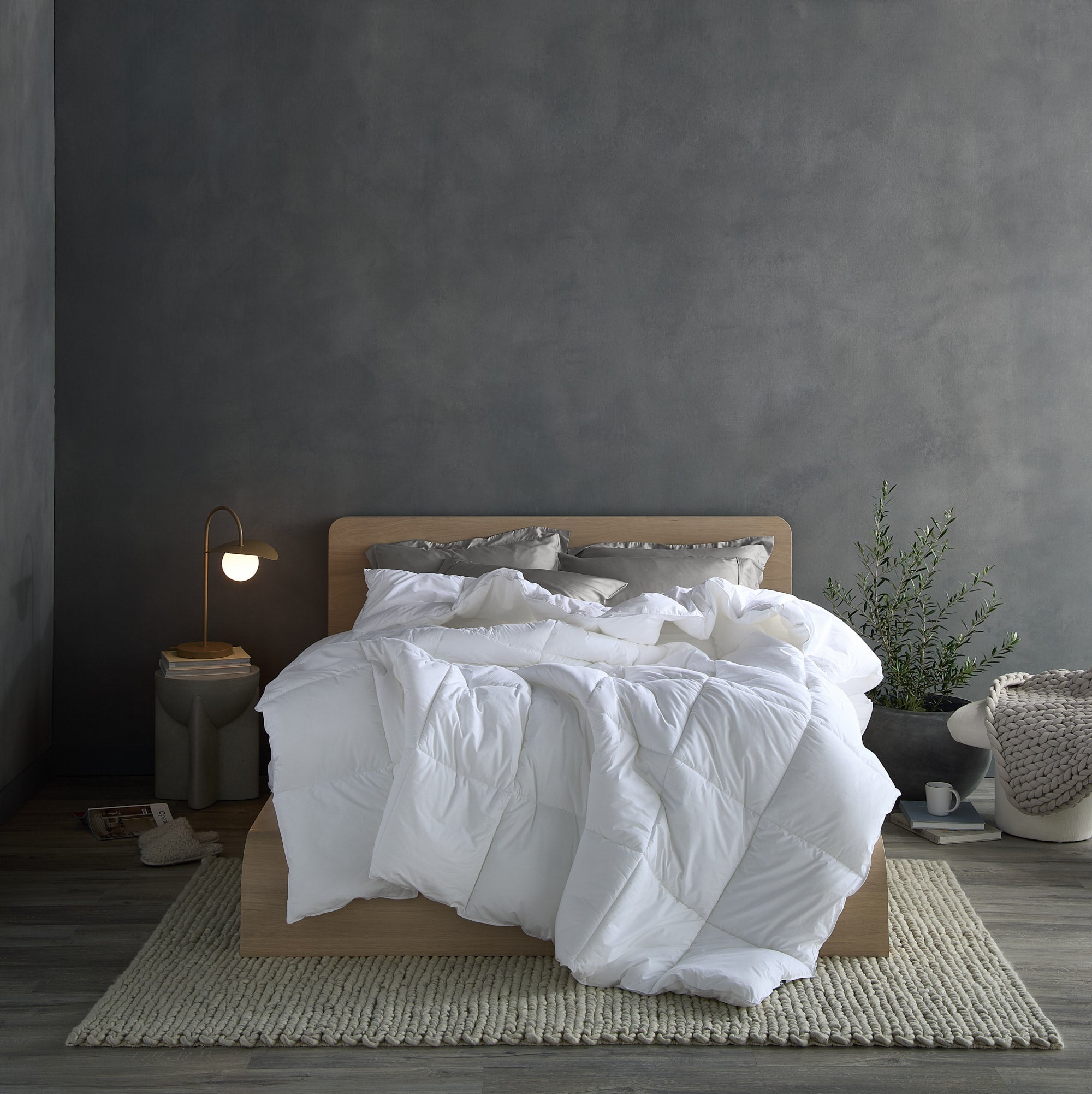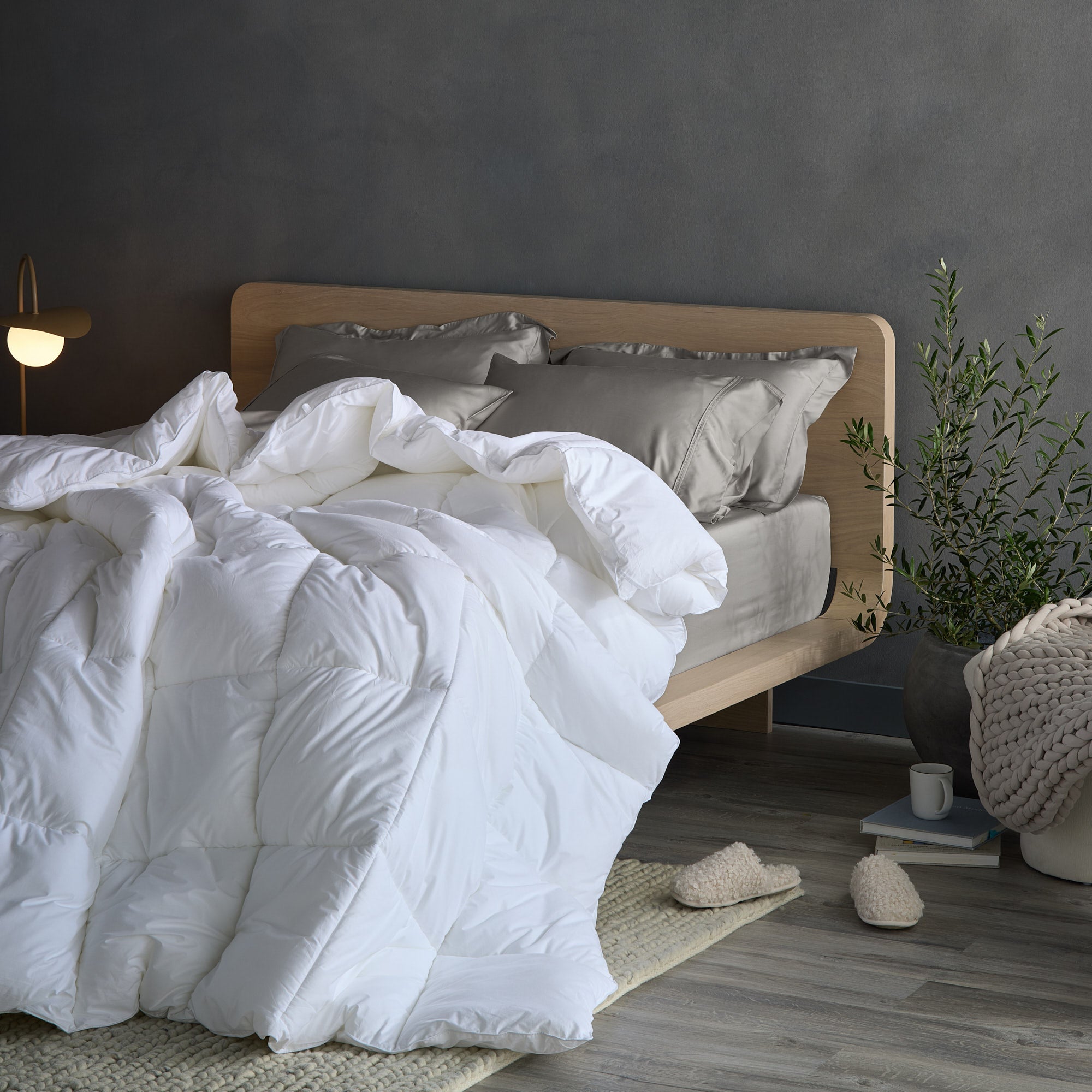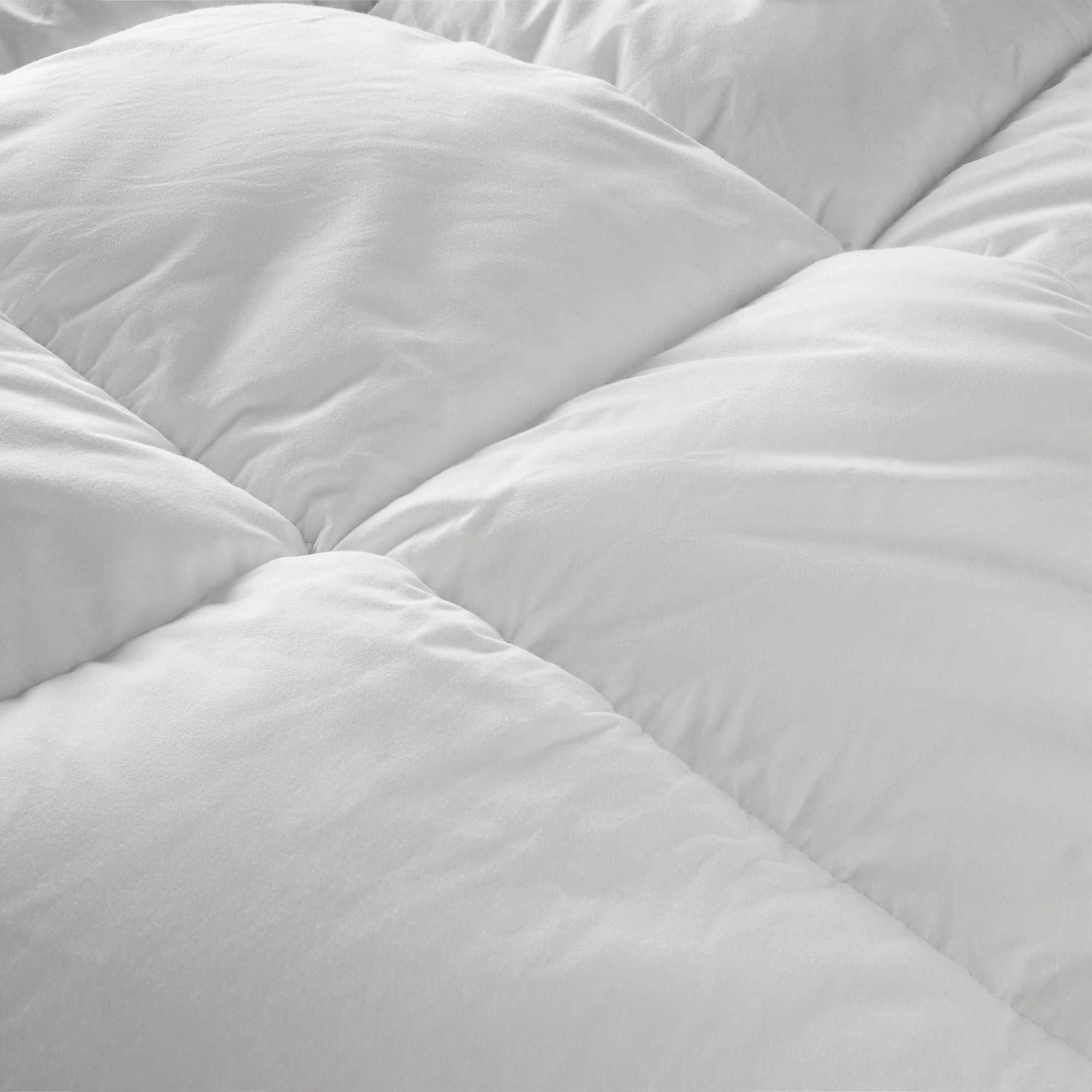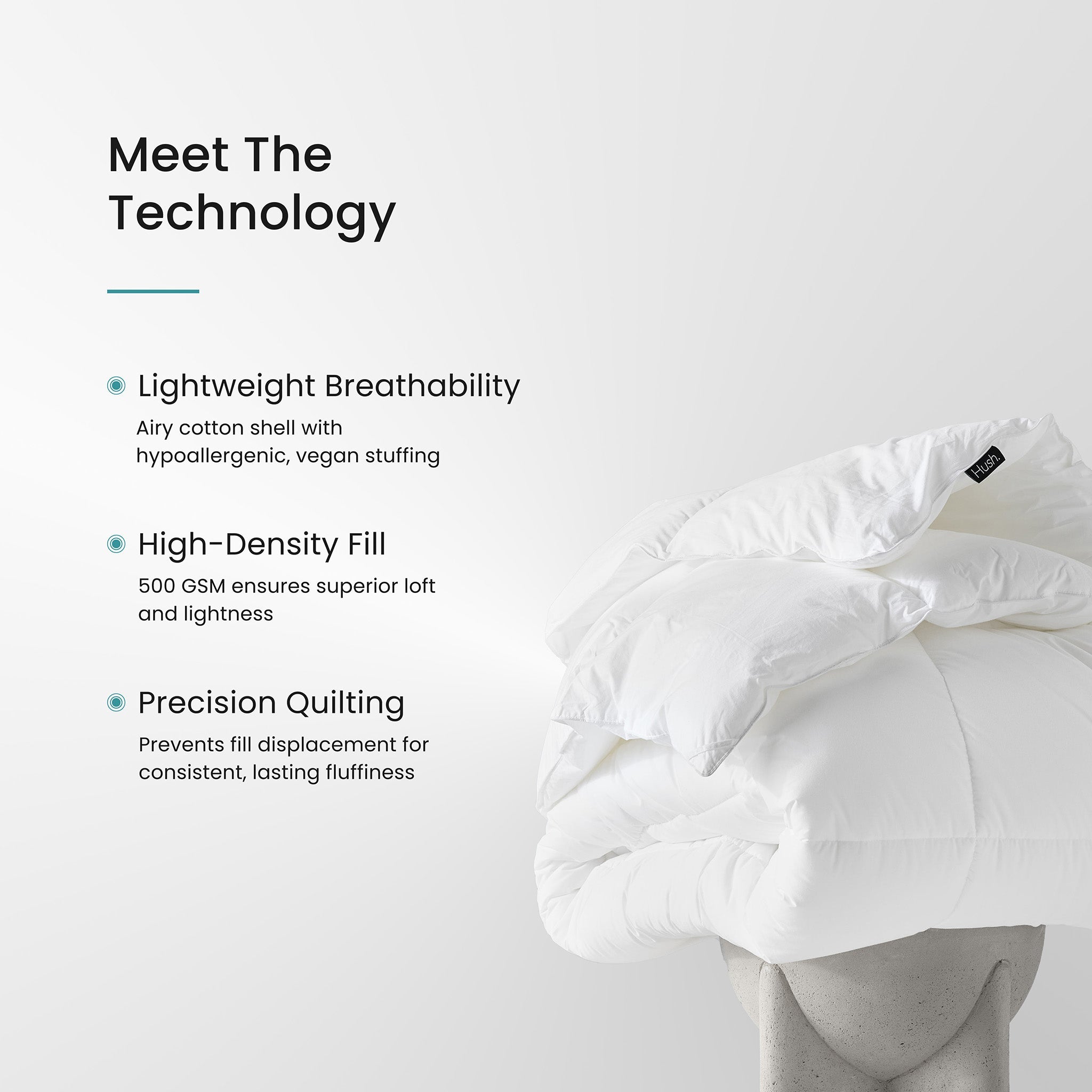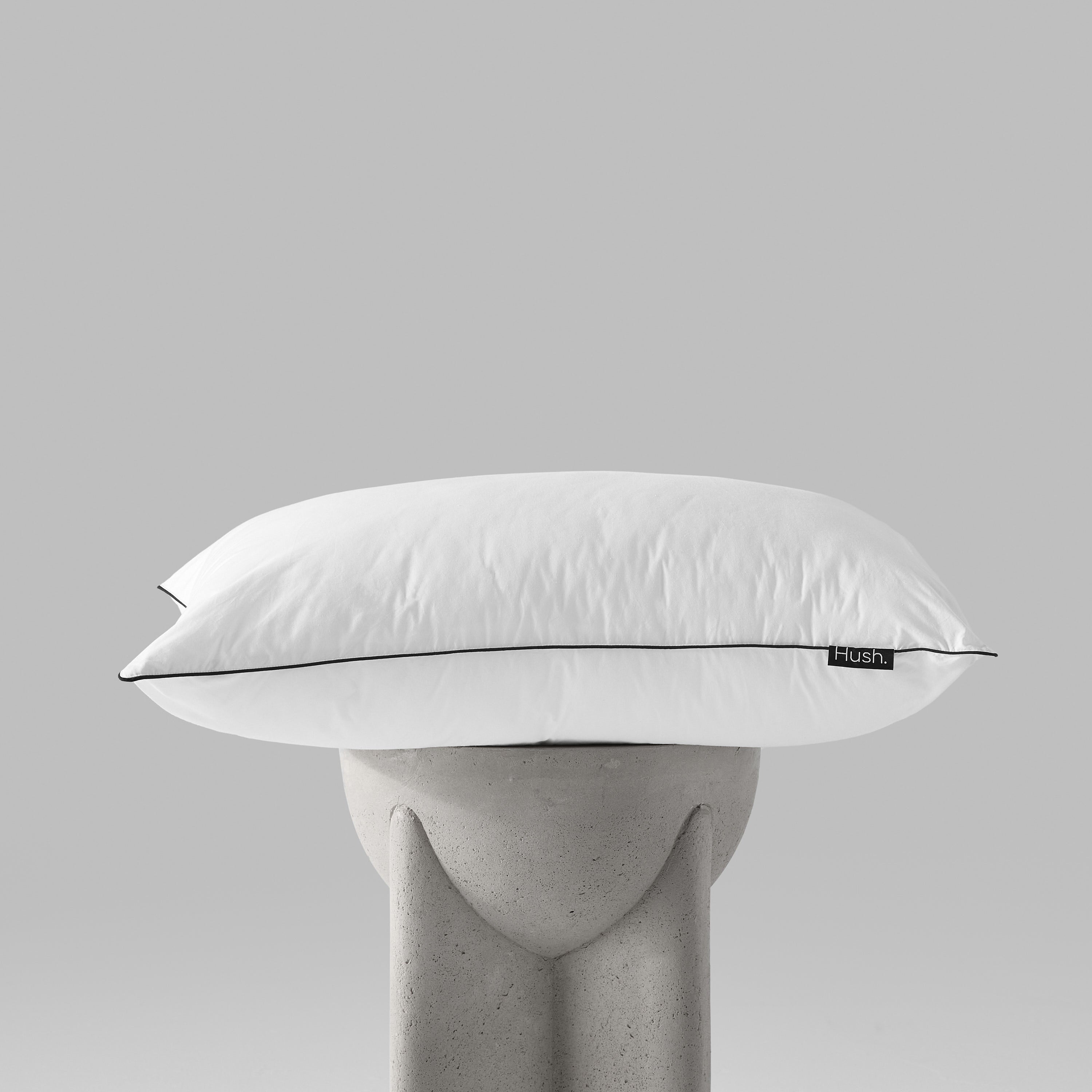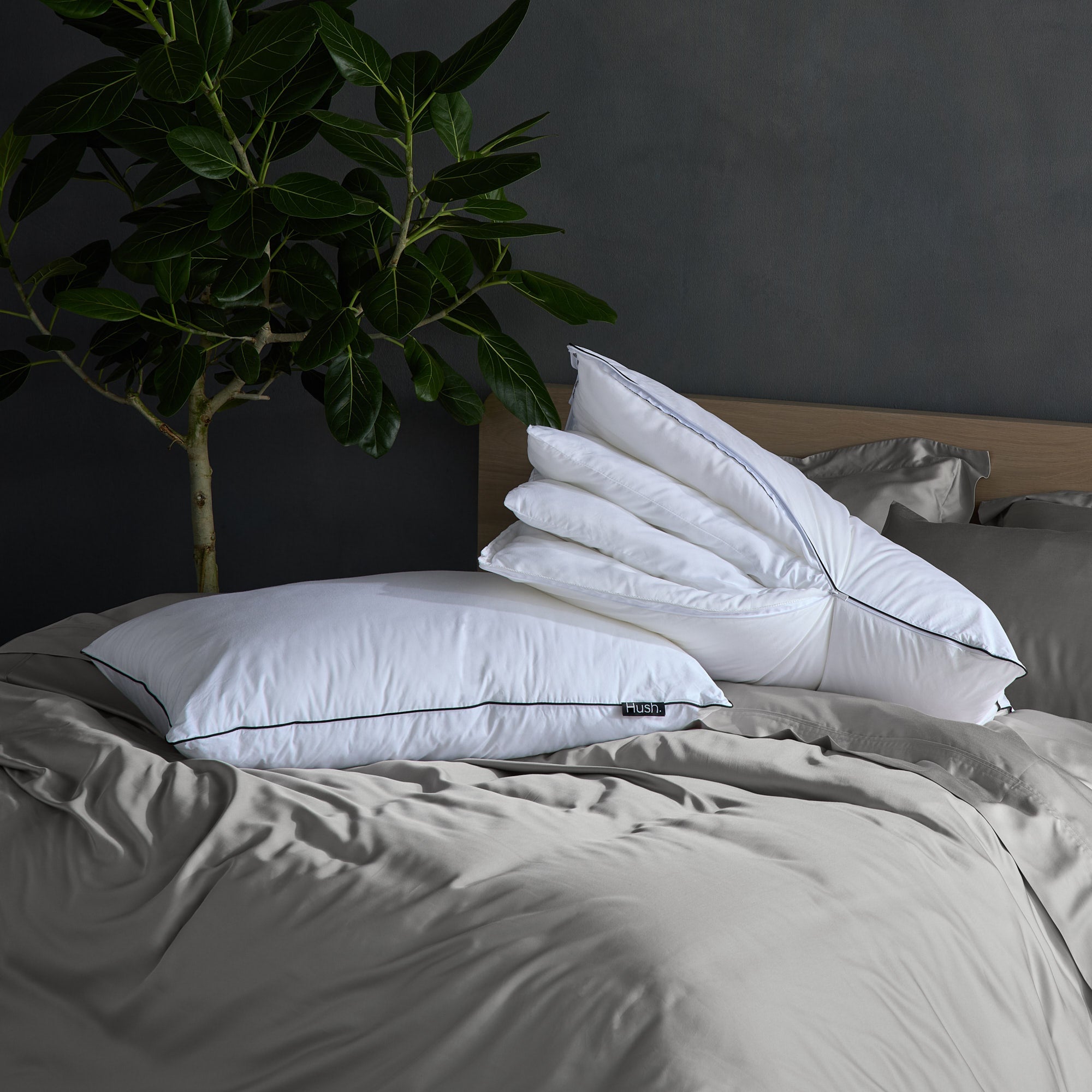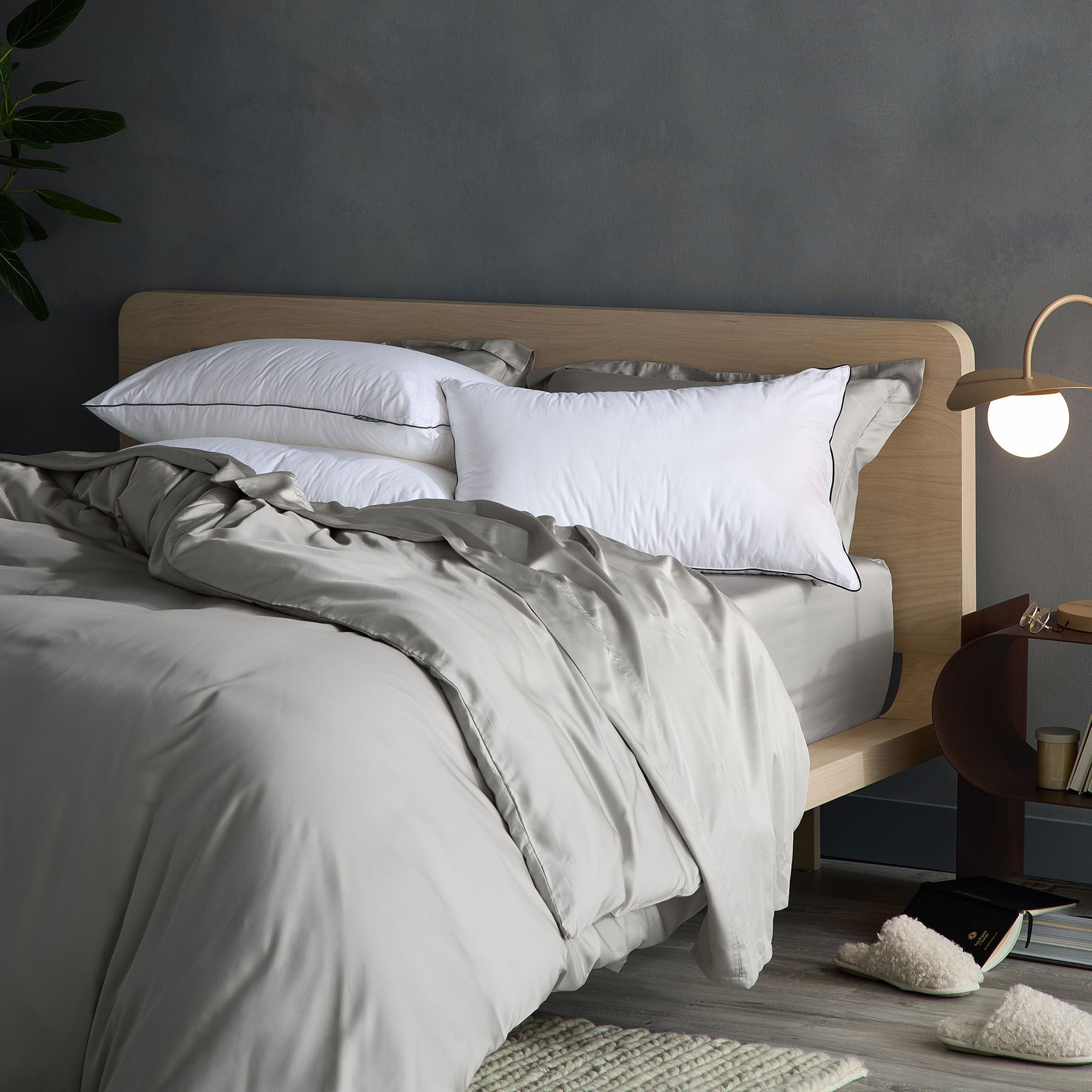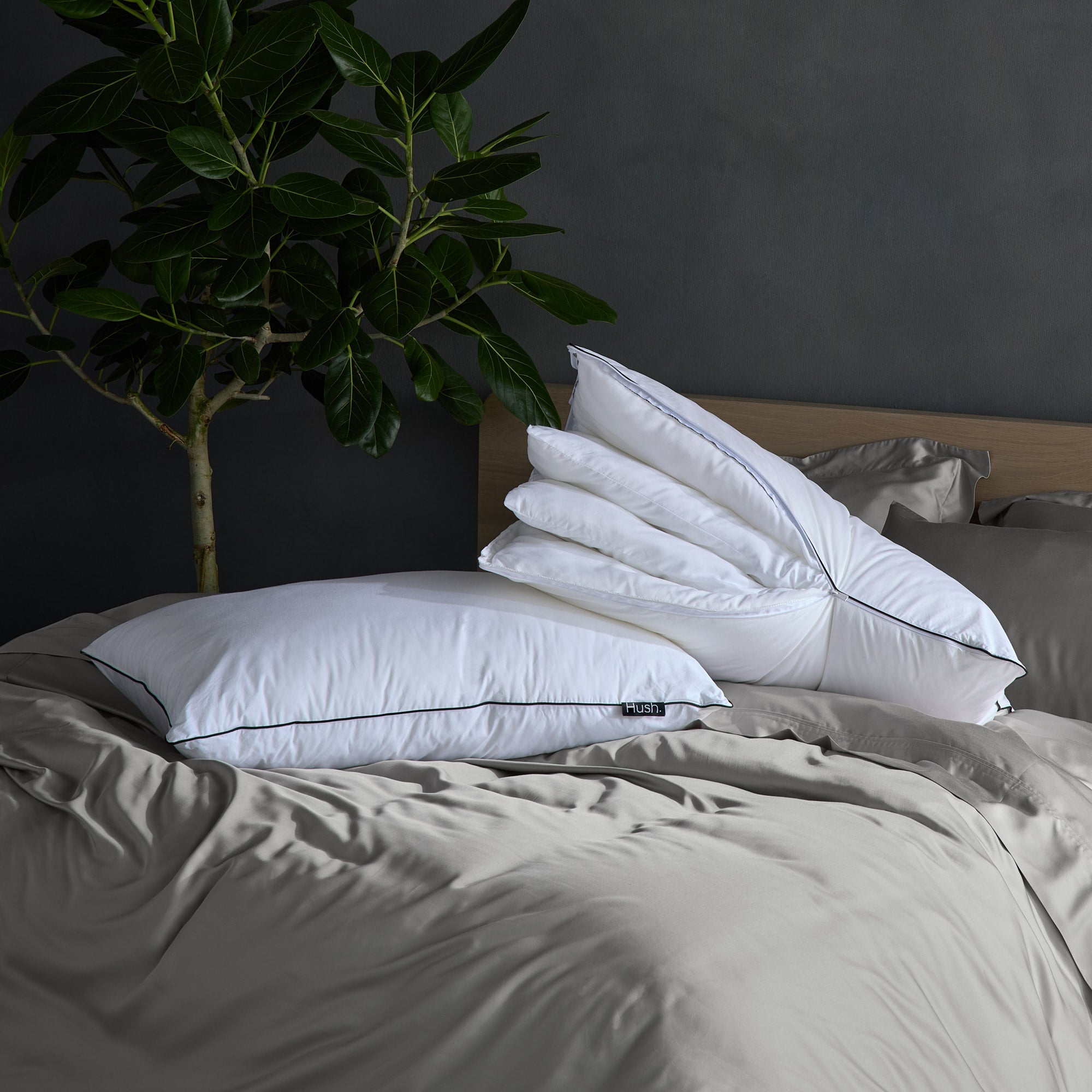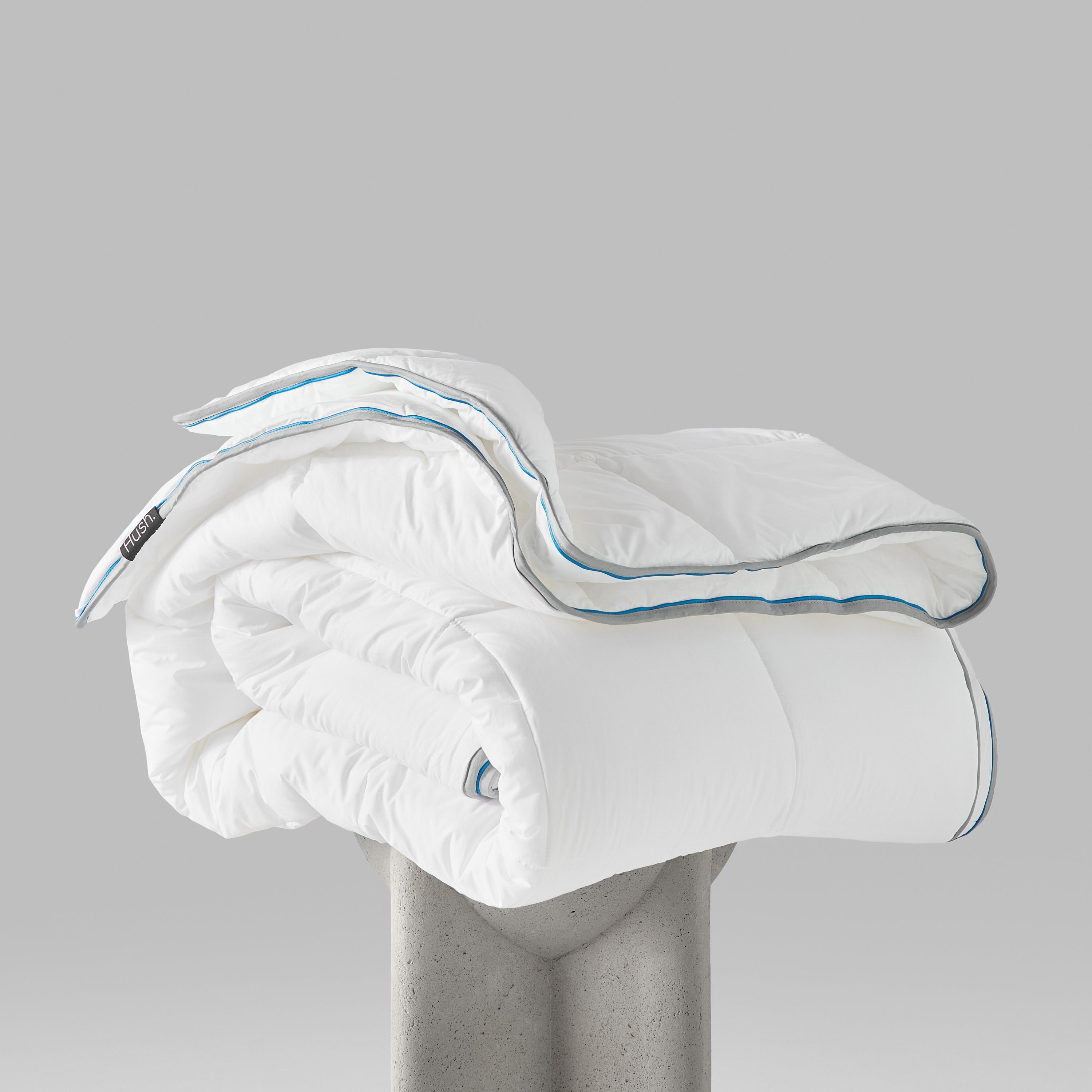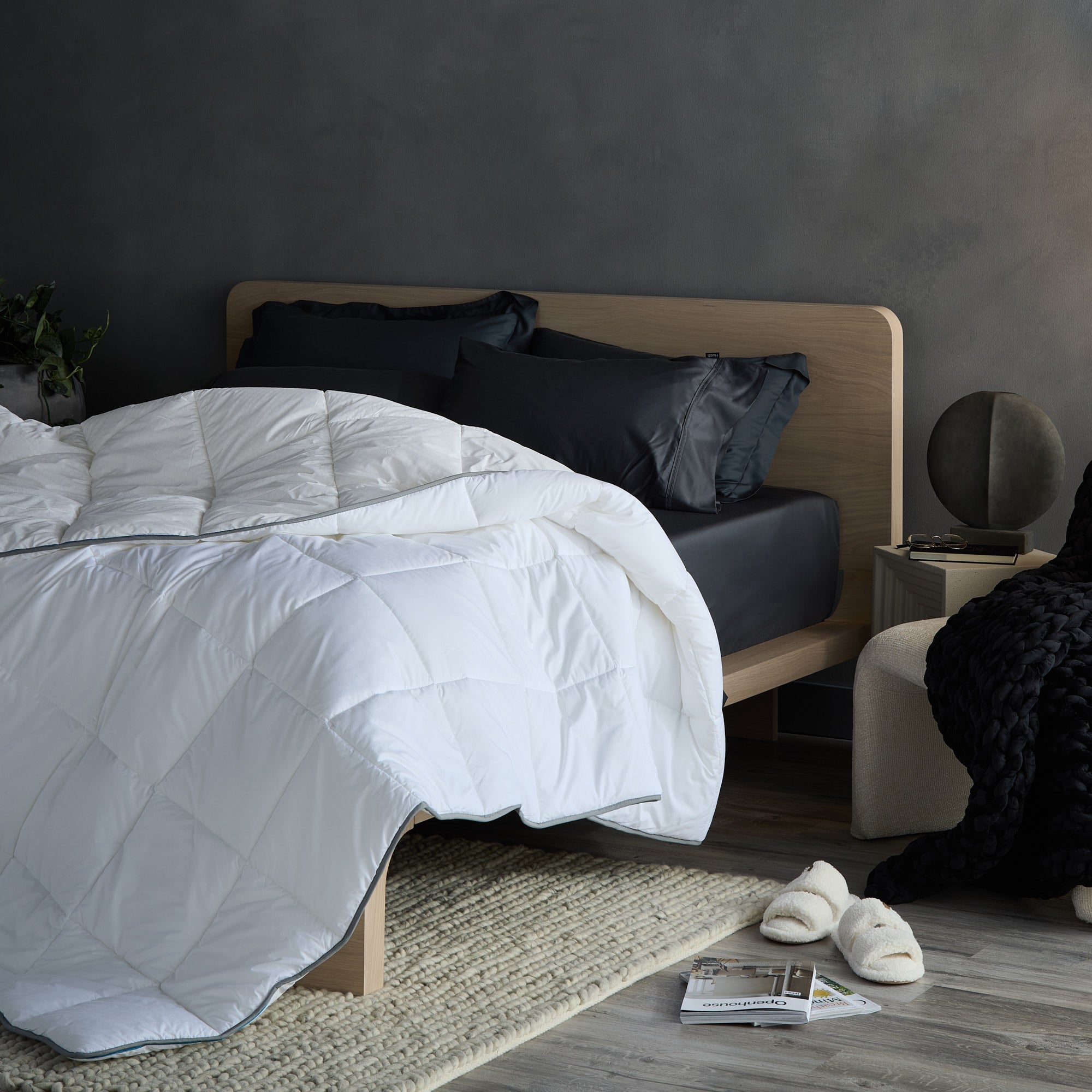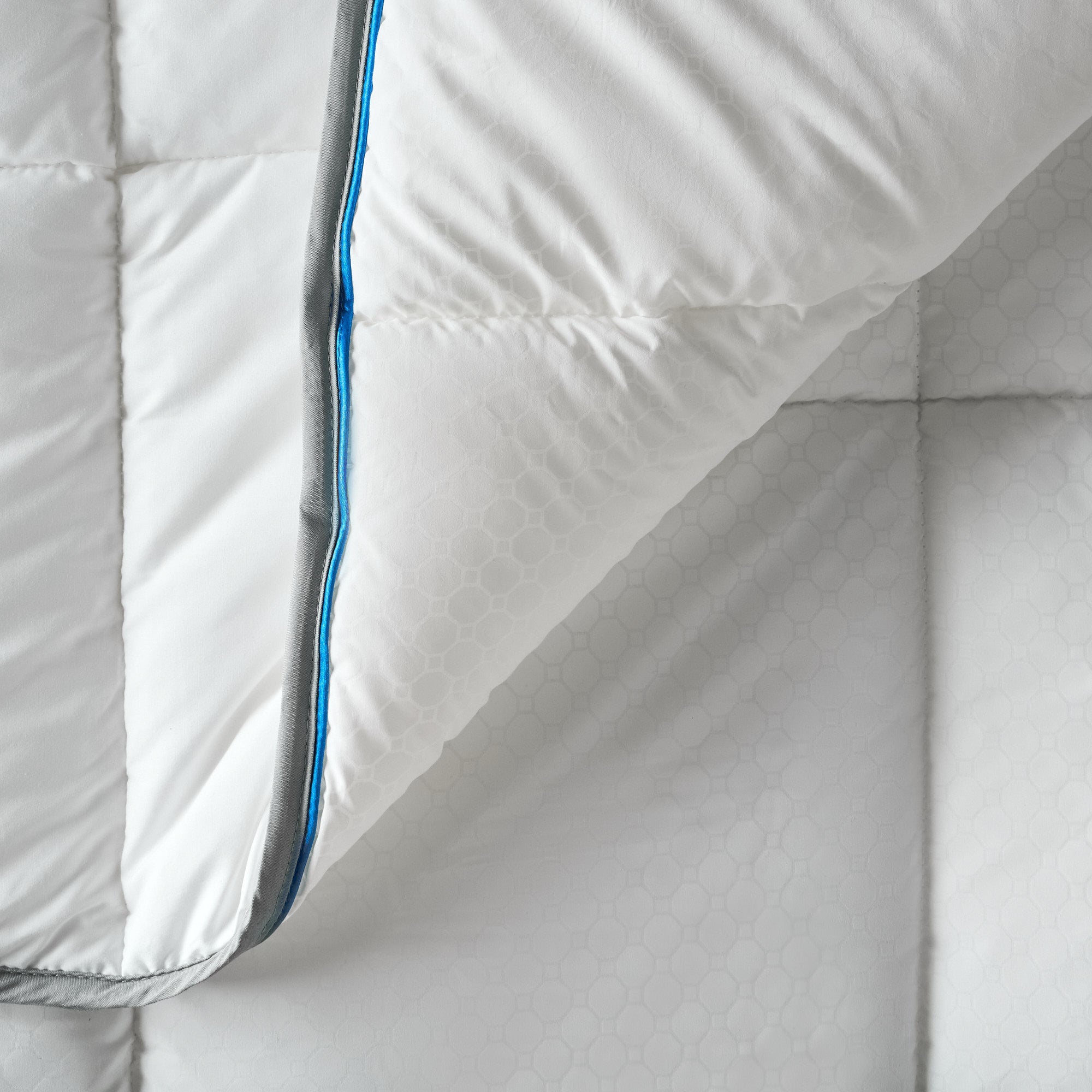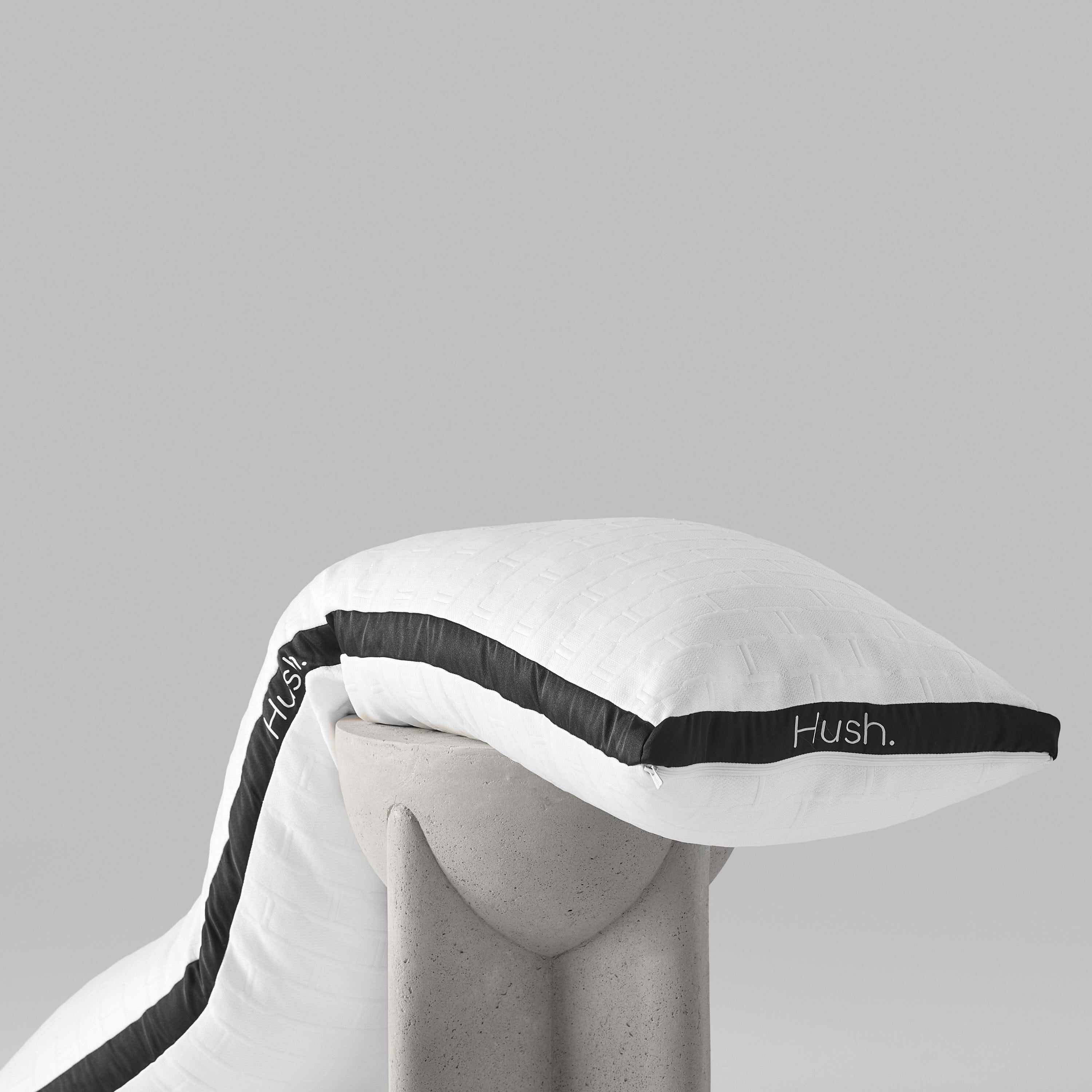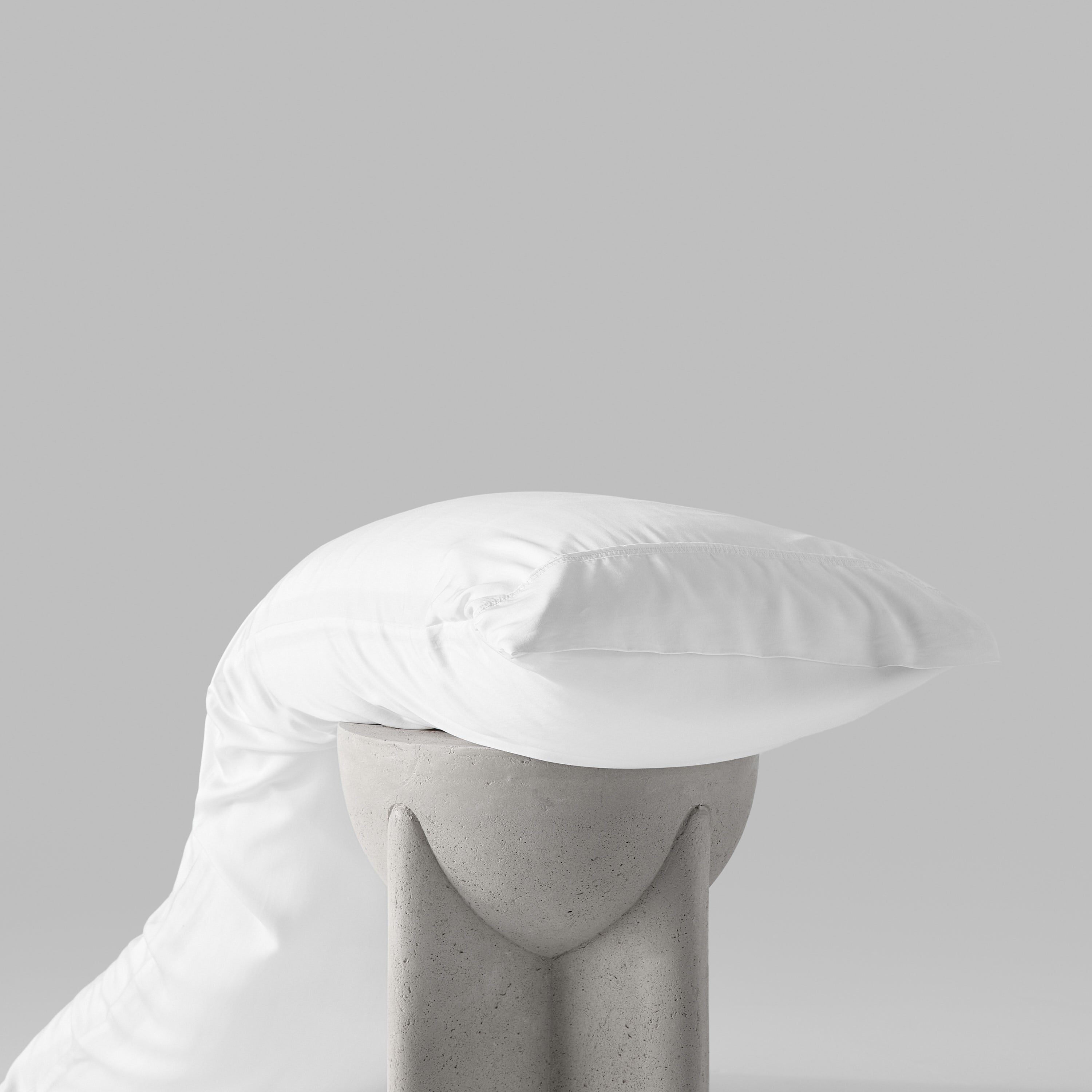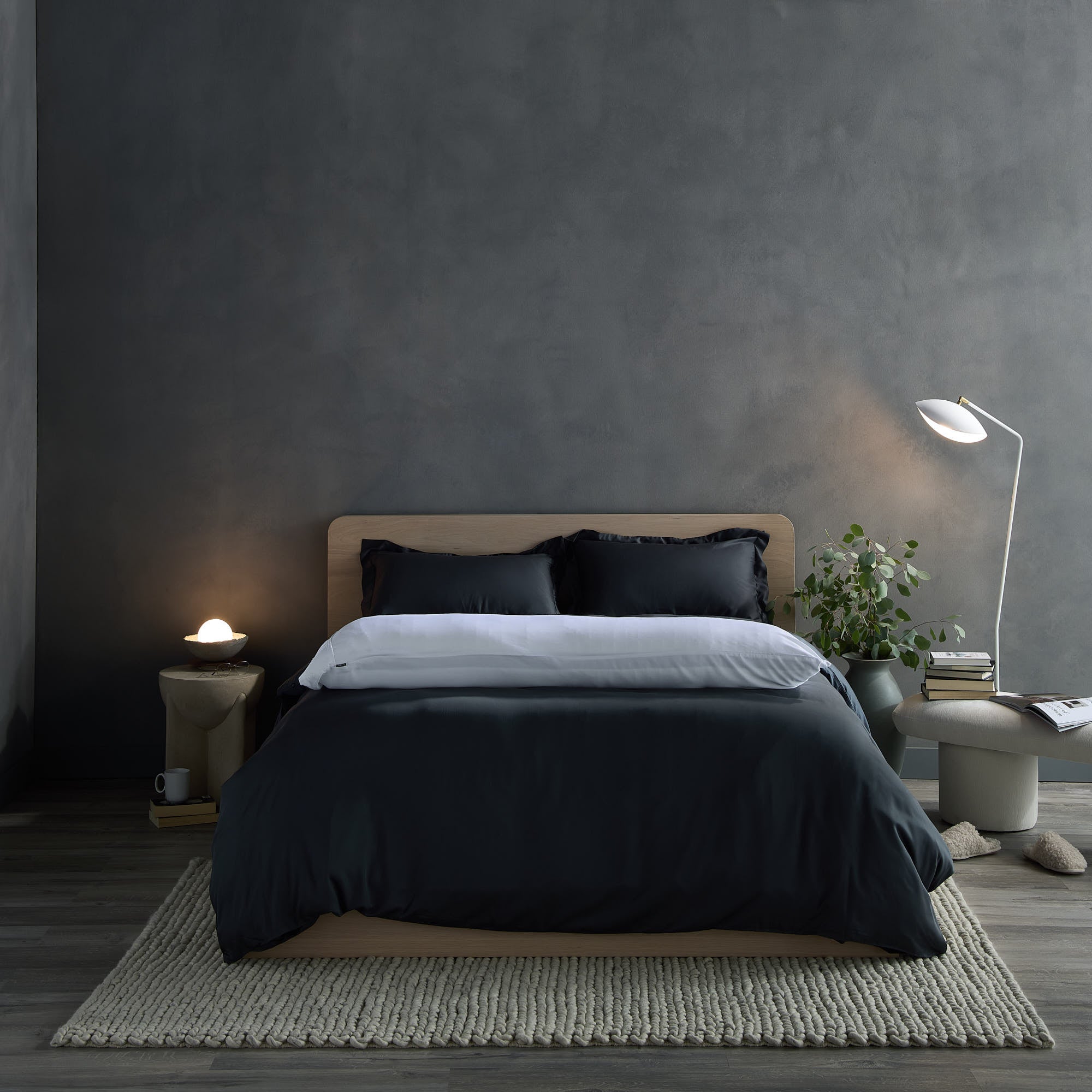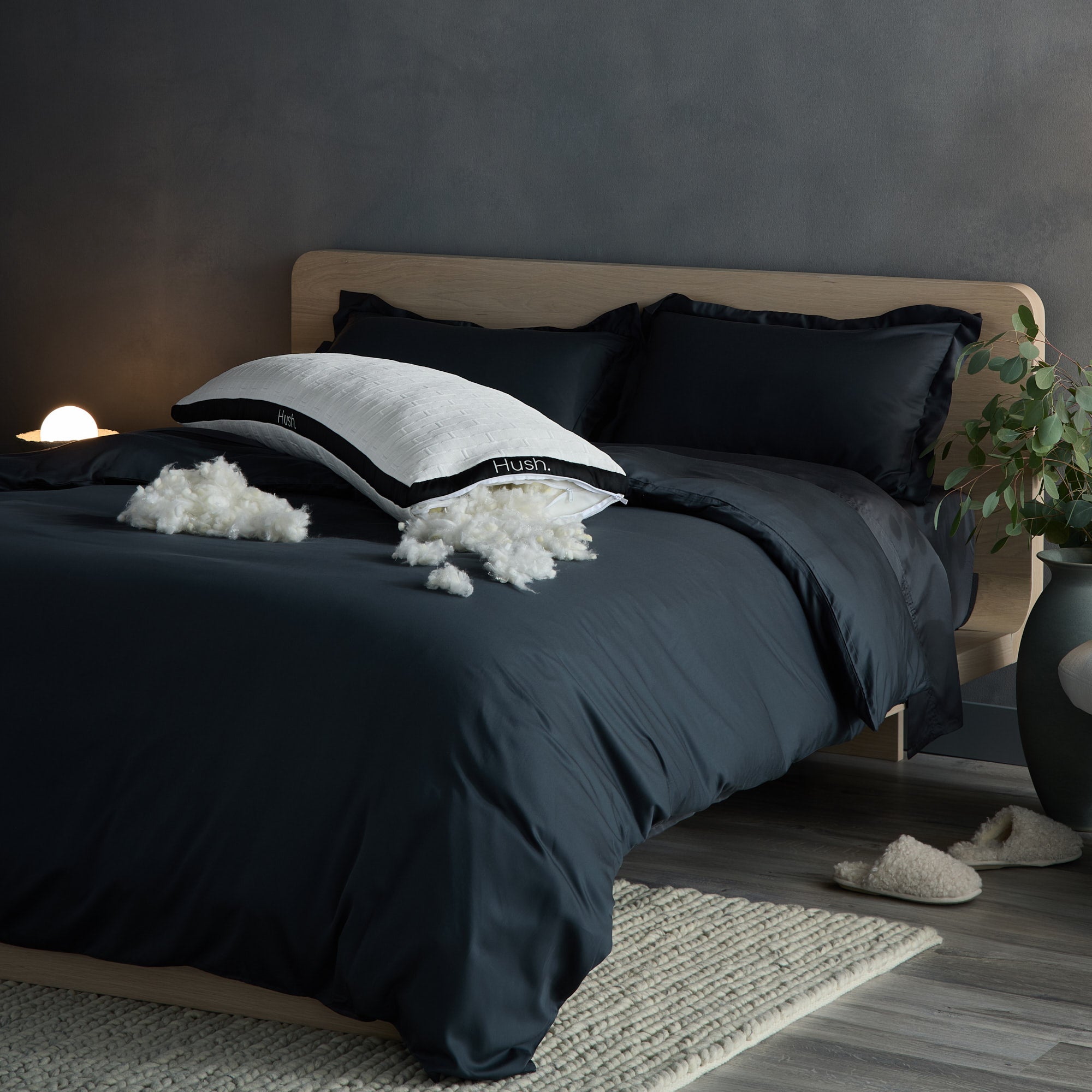The right bed-set up requires a couple of non-negotiable elements, one of which is the trusted duvet. But selecting the perfect duvet can be a lengthy and complicated process; from togs and weight to fabric choice, it’s easy to get overwhelmed.
To help you through the process, we’ve put together a comprehensive guide to choosing the right duvet, from understanding all your sizing options to choosing the right duvet material. So, let’s dive in!
What is a duvet?
In basic terms, a duvet is a thick, weighted blanket that typically goes inside a duvet cover. Designed to keep you warm while also providing a stylistic element to your sleeping set-up, a duvet is an integral part of any bed.
Do I need a Duvet?
With comforters, blankets and quilts all acceptable options for sleeping, do you really need a duvet? Ultimately, the answer to this question boils down to your own personal choices, but consider the following factors:
Temperatures
If you live in a humid and hot environment with soaring temperatures all year round, you might not need a duvet, and can instead simply use a quilt or a blanket to cover you when you sleep. However, if you live in a cold climate or in any country where colder temperatures are the norm (hello, Canadians!) then a duvet is pretty much a non-negotiable.
Style and Decor
It’s one thing to shun a duvet if it’d overheat you as you try to sleep, but don’t forget the decor aspect! Even if you don’t personally enjoy sleeping with a duvet, your bed set-up might end up looking a little drab and worse-for-wear without one.
Guests
If you’re buying bedding for a guest room, it’s always a good idea to dress up your bed with a duvet and appropriately-sized cover. This way, not only does your bedroom look aesthetically appealing, but your guests have the option of using or discarding the duvet as they please.
How to Choose a Duvet Insert
So, how do you choose a duvet? Here are all the important considerations you need to think about:
Tog
A term you’re probably already familiar with, the 'tog' rating on a duvet is essentially a measure of the duvet’s thermal insulation, and it’s something you should consider when buying yours. To simplify things, the higher the tog, the warmer the duvet. For summer months, a lower rating between 1.0 and 4.5 is ideal, whereas winter demands a cosier range of 10.5 to 13.5.
Weight
Weight plays a crucial role in determining the duvet’s “fluffiness” or loft, and some people find it difficult to sleep with a duvet that’s either too heavy or too lightweight. Lighter duvets, often filled with down (such as goose down), offer warmth without excessive weight, while on the other hand, synthetic fills tend to be heavier. Again, it all comes down to personal preference.
Temperature
While tog measures insulation, it's also essential to consider your bedroom’s temperature, as well as your body's natural heat. Some people naturally run hot and might benefit from a lighter duvet, even in colder months. Conversely, those who are always chilly might prefer a higher tog even during transitional seasons. For those who alternate between the two, our Hush king duvet cover set comes with both a warm and a cool side, so you’re never deprived of a good sleep, no matter the weather.
Fabric
The fabric of your duvet insert also plays a pivotal role in everything from comfort to heat; expensive fillings like goose down or duck down do promise comfort, but they aren’t an option for vegans and tend to be heavier. Meanwhile, animal-free fabrics like cotton, bamboo and wool are popular, and tend to be more breathable and lightweight. Other synthetic materials are typically the most budget-friendly alternative, but might not offer the same breathability or comfort.
Duvet Size
When buying a duvet for your bed, always ensure that the duvet size corresponds with your bed size: a larger duvet might drape over the edges of a smaller bed, whereas a smaller duvet on a larger bed might not provide adequate coverage, leading to cold spots. You can check out our blog on duvet sizes if you’re unsure - we’ve got all the measurements listed for each size, so you can easily bring out the measuring tape if you want to be certain.
How to Choose a Duvet Cover
Once you’ve picked a duvet, don’t forget the duvet cover! The duvet cover serves not only as a protective layer but also as a style statement for your bed, so here's what you should keep in mind when buying one:
Material
Material choice dictates the feel and functionality of your duvet cover: cotton is a classic and breathable choice, suitable for all seasons, while linen offers a rustic, natural look, and its texture becomes softer over time. For a more luxurious touch, consider satin or silk, both of which have a smooth, shiny finish. Don’t forget that the material also determines how easy it is to wash and care for your duvet cover, so make sure to do some research if buying a material you’re unfamiliar with.
Design and Colour
Aside from its cosiness, a duvet cover is also an excellent opportunity to reflect your bedroom's aesthetic, so you can take the opportunity to add some style or a new colour scheme to the room. Whether you gravitate towards bold patterns, serene pastels, or neutral hues, the design can set the mood for your entire room.
Closure
Check for the type of closure - buttons, zippers, or ties. While this might seem like a minor detail, the right closure ensures ease of use and keeps the duvet securely in place. And don’t forget to size your duvet cover correctly; if you have a queen size duvet, you’ll need to buy a queen duvet cover set to match - otherwise it’ll be a nightmare to put the duvet cover on correctly.
FAQs
How often should I replace my duvet?
On average, a duvet can last between 5-10 years, depending on its quality and care. However, if you notice it becoming lumpy or if the filling starts to thin out, it might be time for a replacement.
How do I care for a duvet with natural fillings?
Always check the care label! Generally, it's best to shake them out regularly to maintain their fluffiness and air them out a couple of times a year. Some natural-filled duvets can be machine-washed, but others might require professional cleaning at the dry cleaner.


